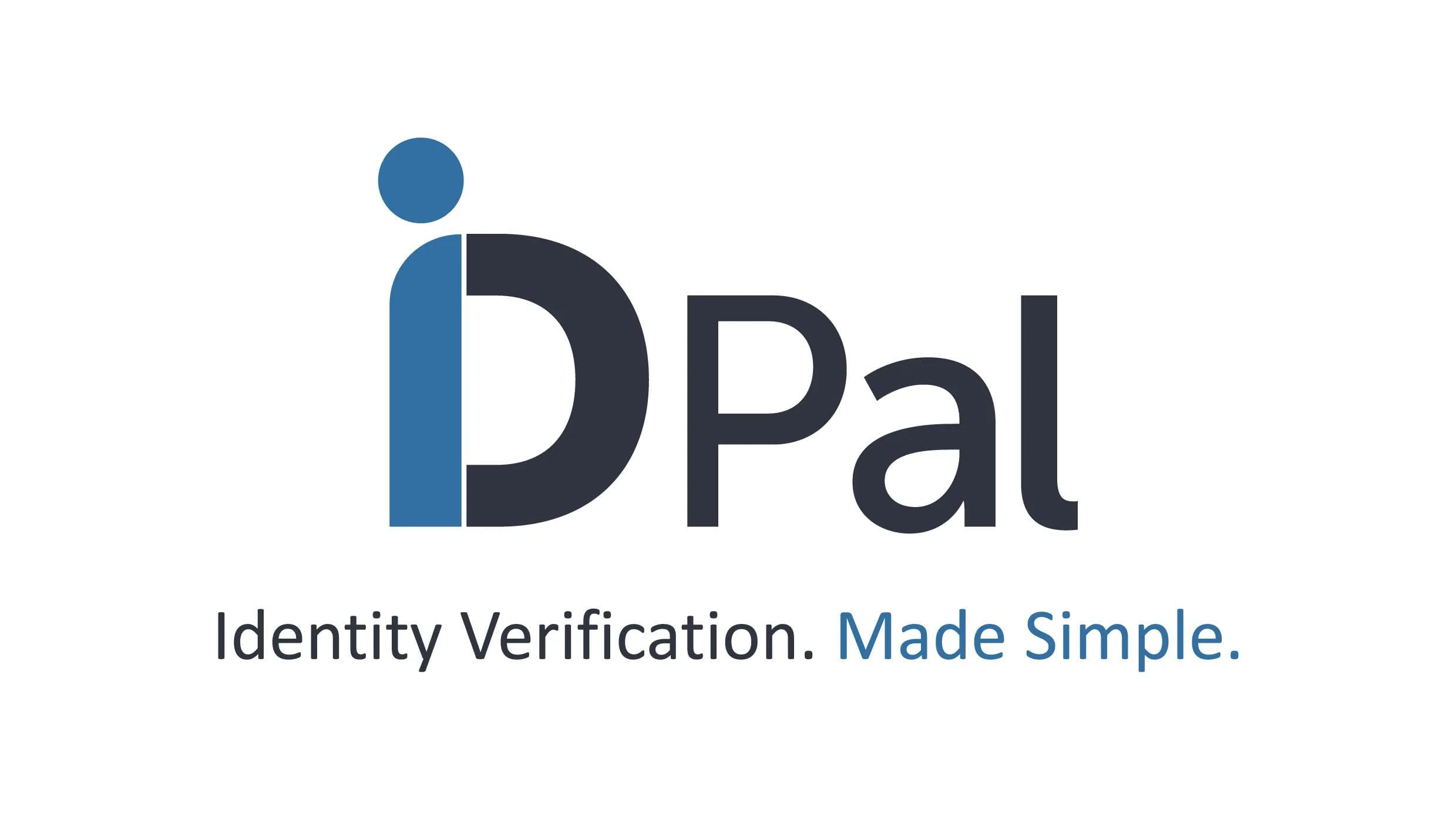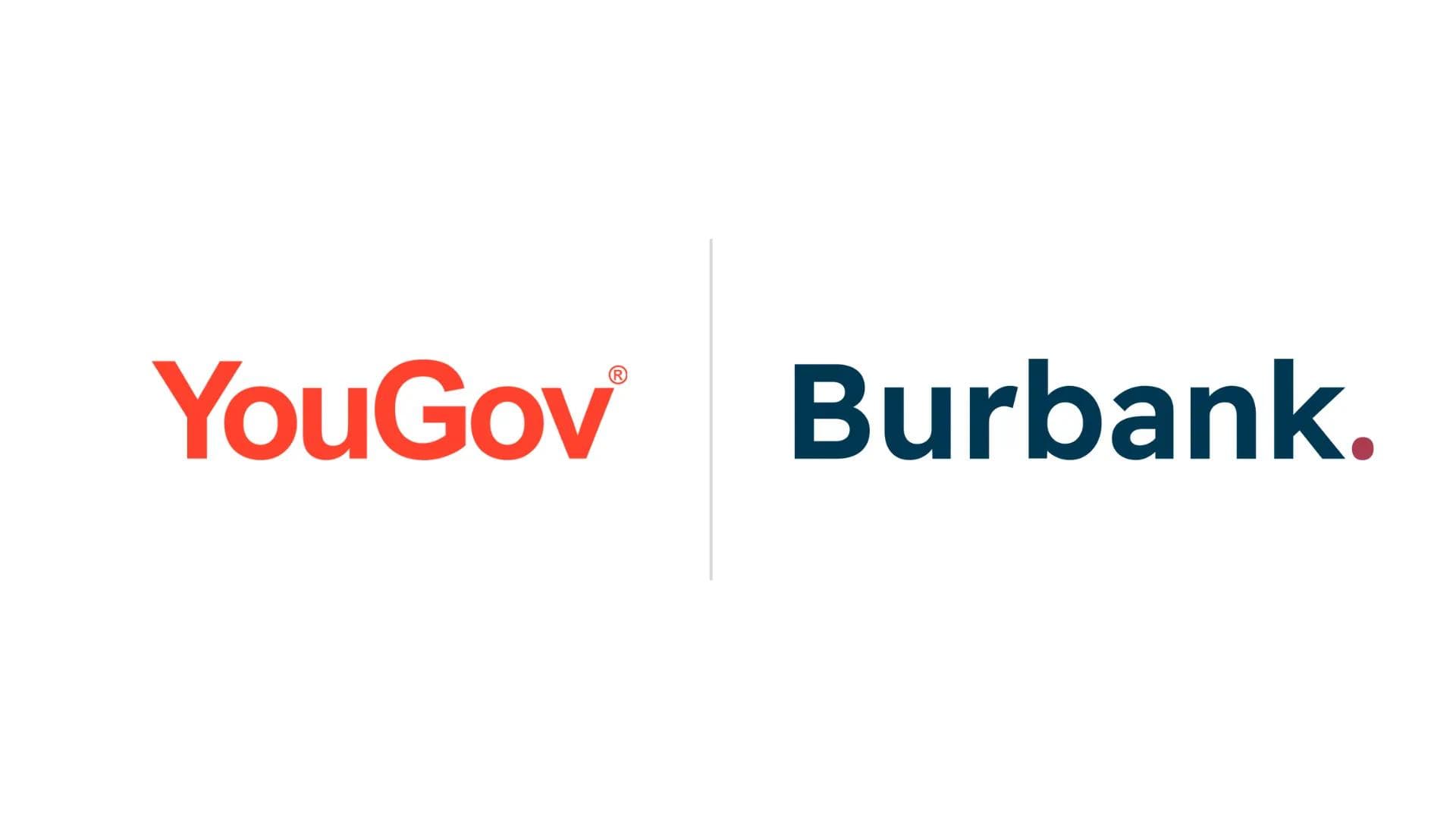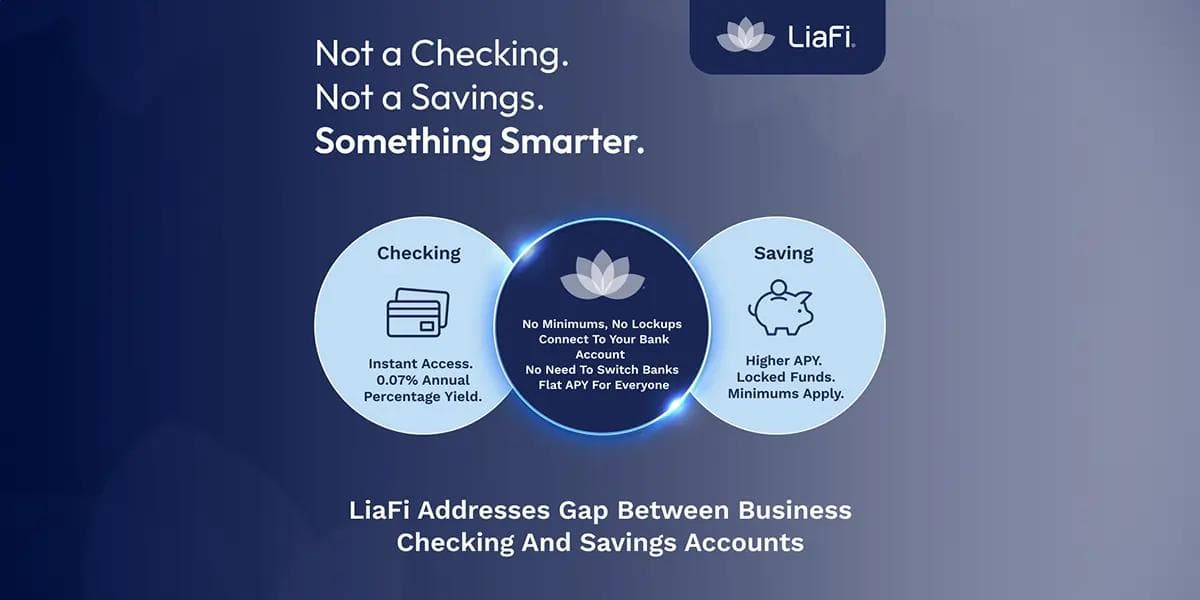FSI 2022 Predictions
FSI 2022 Predictions
Published by Jessica Weisman-Pitts
Posted on March 24, 2022

Published by Jessica Weisman-Pitts
Posted on March 24, 2022

By Adrian Poole, Head of Financial Services Google Cloud Platform UKI
Here are five trends in financial services that will be in the forefront of change in 2022 for the UK market.
As a result of the pandemic, we’re beginning to see people starting to trust emerging digitally native brands and financial service providers they perhaps haven’t engaged with before. Whereas in the early stages of the pandemic, there was a rush to preserve the security and safety of existing, legacy financial brands, now consumers are becoming more comfortable using new services if they prove convenient and safe. Gone are the days where people visited their bank to manage transfers, deposits or their savings. Additionally, financial tools or services are built into non-financial applications and other digital experiences, making transactions and interactions convenient, simple, seamless, and continual. Embedded finance is becoming more normal in everyday purchases where the ease of convenience of these streamlined processes is highly consumer centric. Incumbents in the market are already beginning to rethink and expand the spectrum of their offerings to attract new customers and retain their relevance in the industry. Said features could include convenient, personalised tools like Buy Now Pay Later options, budgeting advice or saving account recommendations that are powered by AI technology.
There’s no doubt that financial services have a central role to play in driving sustainability, particularly in driving the transition to net zero. The UK and Europe are leading the way in terms of what sustainability reporting looks like for financial institutions, and it will continue to be a priority globally. Having access to reliable data and a commonly agreed taxonomy will be essential to support institutions drive change.
Importantly, we are also seeing those financial institutions help their customers and partners transition to more sustainable practices. This includes adopting the UN Principles of Responsible Banking, reviewing supply chain operations and through lending policy. 2022 will come with increased pressure for institutions to operate at a level compliant with new measures, but also an increased sense of responsibility to enable their customers to do the same. It’s a collaborative effort, and the UK’s announcement of trying to become a net-zero finance centre needs to stay high on the corporate agenda for all.
Currently there are 1.3 million adults in the UK who are ‘unbanked’ – those who do not have a bank account (often because of difficulties proving their identity), who have struggled with an overdraft in the past or who have trouble accessing the service. As banking moves into an increasingly digital realm, vulnerable people will continue to be affected by limitations, whether that’s access to the internet, a laptop or a phone. Social inclusion will continue to be a priority for the financial sector, so vulnerable individuals can be made less so.
Banks like HSBC are paving the way to helping more consumers get access to financial services. In 2019, HSBC UK announced it was working with national homelessness charities, Shelter and Crisis, as well as local organisations and councils to provide individuals with access to a basic bank account without the need for photo ID or proof of address. More institutions have since followed suit, as they realise the need to provide a basic bank account for financial inclusion.
Whilst we will see new regulatory developments for financial institutions, we expect new entrants to begin to leverage open banking in 2022 : to find new customers, support decision making, upsell, cross-sell and more fundamentally, create new partnerships. The opportunity to create new revenue streams through the use of APIs is there for traditional banks as well as newer entrants.
In terms of other regulations, the industry needs to prepare to support customers with operational resilience requirements coming in from the Financial Conduct Authority (FCA) and the Prudential Regulation Authority (PRA). Resilience is something that’s proved essential for institutions to operate, and it’ll be expected for institutions to be able to quickly adapt to new measures to ensure stability.
Today almost everything is digital. When it comes to financial institutions, most digital products and services offered are very similar. Now, financial institutions are starting to go through a second iteration of their product offering in order to stand out from the competition, in an ever-crowded market. The idea of ‘digital sameness’ is a pain point for many banks who produce carbon-copy products and services that lack innovation, but also personalisation that can align with customer needs at scale.
What we’ll see this year is banks working harder to differentiate their services from the competition, driving towards increasingly personalised products that deliver seamless and humanised digital experiences. Offering digital diversification, variation of products and services, and fine-tuning products to reflect genuine brand authenticity both aesthetically and functionally, will become key considerations for banks this year. To satisfy customer needs and expectations, and perform well in terms of revenue, banks will need to better equip themselves to provide a digital experience that feels more human and reflective of their personality.
Explore more articles in the Top Stories category











